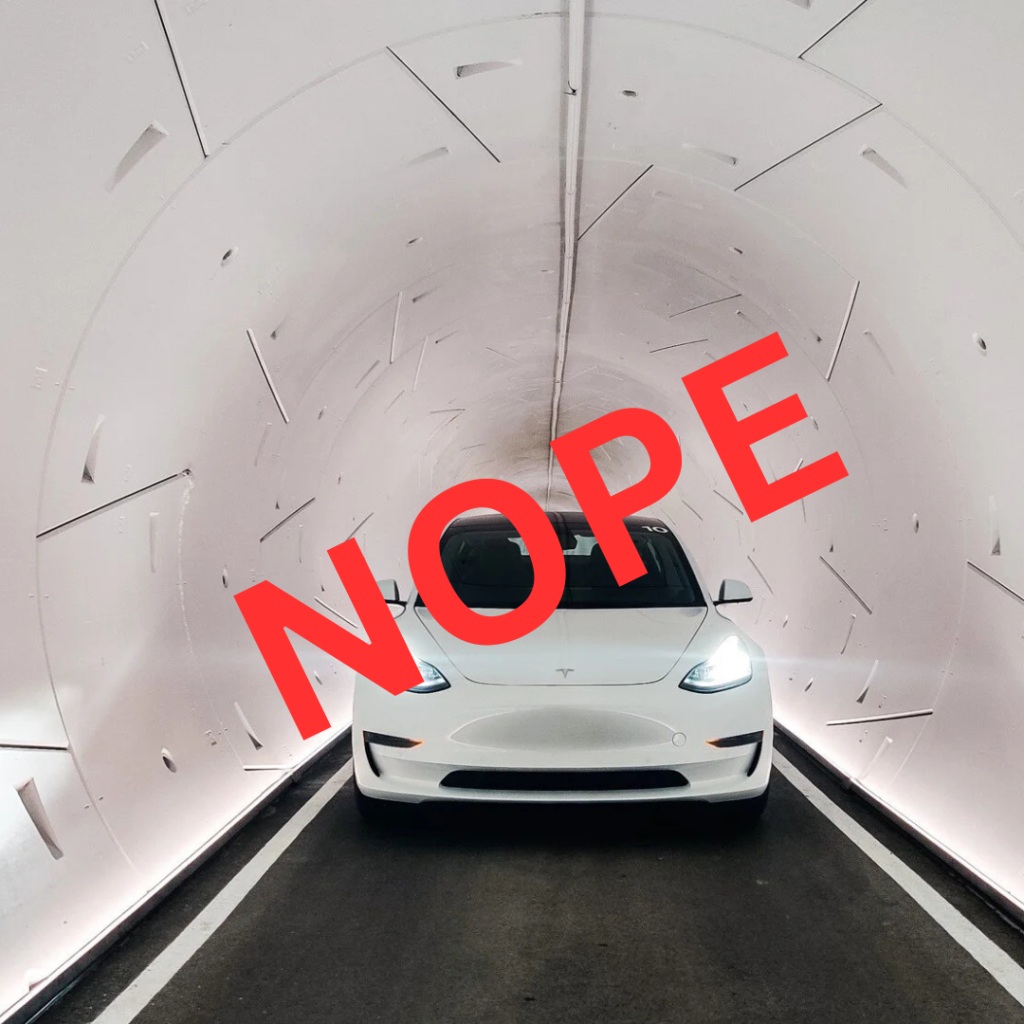Is it easier to get to a fast food joint in your neighborhood than a grocery store? In America, the way we answer that question likely says a lot about our income and race. It also has a direct effect on our health.
In her latest post on The City Fix, Jonna McKone takes a look at the well-documented pattern of grocery stores abandoning urban neighborhoods. This phenomenon, and its broad impact on public health and equity, makes building thoughtful and inclusive transportation systems that much more critical, she writes:
To put it simply, inner city folks in low-income areas have a much tougher time reaching stores because of a lack of integration between land use, transportation and housing policy, as well as issues like redlining in the supermarket industry.
Carla Kaiser, senior manager of Community Partnerships at the hunger organization City Harvest has been working on food access in low-income communities for about six years. ”The barriers to healthy food are not just about price,” she says. “A common theme is transportation. Since healthy, affordable food is not commonly available in every community, people need to travel outside of their neighborhood just to get basic food to feed their family. For many, this means two buses and a taxi ride back with groceries. Just getting to the food people want is costly in terms of time and money.”
Transit and planning solutions can go a long way. Transit oriented development centers future growth around public transportation, and zoning and building incentives can be codified to encourage food retail. Also, establishing a high frequency of bus routes or shuttles that go directly from community centers to grocery stores will encourage shoppers and greatly ease access for the elderly and car-less. City transit and public health planners should work together to make sure urban communities with low rates of car ownership can access major food stores and other health-related venues like hospitals.
Elsewhere on the Network today: Decatur Metro reports that electric cars threaten to overburden utility providers. Hard Drive comments on a new study which found that 18 percent of drivers killed in collisions in 2009 tested positive for drugs. And Publicola celebrates a zoning change in Seattle that removes the minimum parking requirements on townhouse developments.







